Popular games for platform Amstrad PCW
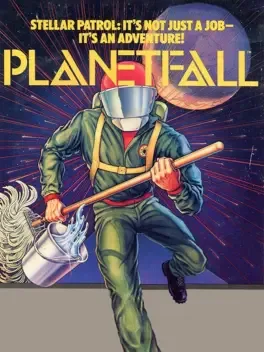
Planetfall is a science fiction interactive fiction computer game written by Steve Meretzky, and the eighth title published by Infocom in 1983. Like most Infocom games, thanks to the portable Z-machine, it was released for several platforms simultaneously. The original release included versions for the PC (both as a booter and for DOS) and Apple II. The Atari ST and Commodore 64 versions were released in 1985. A version for CP/M was also released. Although Planetfall was Meretzky's first title, it proved one of his most popular works and a best-seller for Infocom; it was one of five top-selling titles to be re-released in Solid Gold versions including in-game hints. Planetfall utilizes the Z-machine originally developed for the Zork franchise and was added as a bonus to the "Zork Anthology". The word planetfall is a portmanteau of planet and landfall, and occasionally used in science fiction to that effect. The book Planetfall written by Arthur Byron Cover, uses the game image on the cover, and is marketed "In the bestselling tradition of THE HITCHHIKER'S GUIDE TO THE GALAXY.[2] A sequel, Stationfall, was released in 1987. Planetfall teleports you 12,000 years into an outrageous future. You joined the Stellar Patrol to explore the galaxy, but all you've seen is the end of a mop - until your ship explodes and you're jettisoned onto a mysterious, deserted planet. Luckily, you have Floyd, a lovable multi-purpose robot with the personality of a mischievous 8-year-old. He's the ideal companion with whom to brave your new world, as you dare its dangers and uncover its secrets.
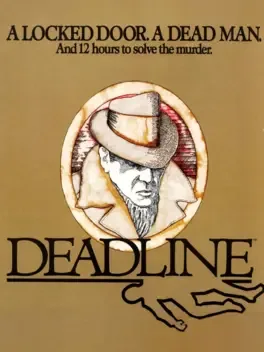
Deadline is an interactive fiction computer game published by Infocom in 1982. Written by Marc Blank, it was one of the first murder mystery interactive fiction games. Like most Infocom titles, Deadline was created using ZIL, which allowed the easy porting of the game to popular computer platforms of the time such as the Apple II and the Commodore 64. It is Infocom's third game. The player's character in Deadline is an unnamed police detective, summoned to a sprawling Connecticut estate to investigate the apparent suicide of wealthy industrialist Marshall Robner. At first, it seems a very straightforward case: the body was discovered in the library, which had been locked from the inside, and the cause of death was an overdose of his prescribed antidepressants. But something just doesn't feel right. Could someone have killed Robner for his money? Did he make an enemy through his business dealings? Or was there some other motive? With the able assistance of level-headed Sgt. Duffy, the player has twelve hours to solve the case before it is closed forever.
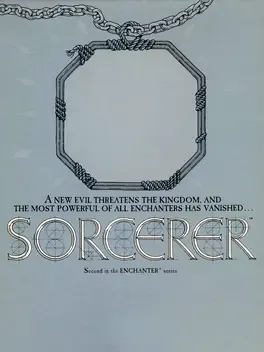
Many centuries ago, the Earth was ruled by Sorcerers and Wizards. They possessed mystical powers capable of both good and evil. The most respected influences in the land were from the good Sorcerers. This fact continually disturbed the evil Wizards, and they eventually decided to use their power to conquer the countryside and enslave its people. They devised a plan to systematically eliminate the good Sorcerers by sending wave after wave of diabolical creatures to ravage the world. As the bravest of the good Sorcerers you have been asked to destroy these forces and save the planet. As a reward for your bravery: whenever you overcome or destroy a creature, you will receive a treasure. Knowing your bravery the Wizards have done everything within their power to keep you from succeeding. They don't believe you will survive their first three waves of evil, but just in case you do they have several surprises waiting, Only you can discover through bravery and talent how evil they can become. To give you more power over the Forces of Evil the good Sorcerers have provided a magical Flying Platform. When you start on your journey you should first catch this elusive platform. You can continue without it, but only the foolish would dare to do so. Once on the Flying Platform you can go anywhere on the screen to avoid or destroy the enemy. The good Sorcerers have also given you four lives to use against the Forces of Evil.
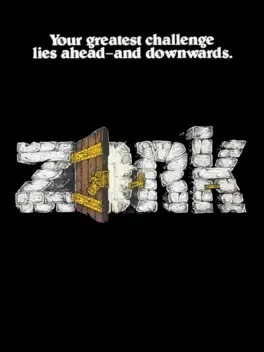
Zork is one of the earliest interactive fiction computer games, with roots drawn from the original genre game, Colossal Cave Adventure. The first version of Zork was written in 1977–1979 using the MDL programming language on a DEC PDP-10 computer.
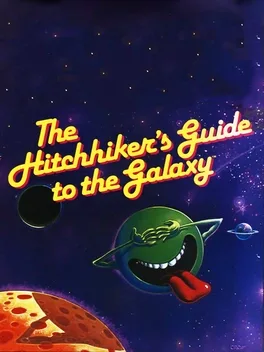
The Hitchhiker’s Guide to the Galaxy is a classic Interactive Fiction game. Though divergent from the source material, the main characters, locations, and concepts are here. Unlike the book, death can come quickly if Arthur fails to observe his surroundings, collect inventory, talk to people, and consult the Guide. Don't panic!
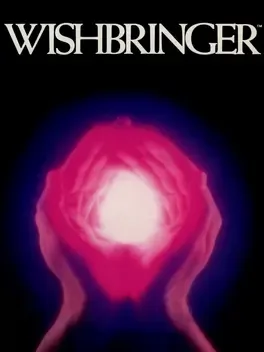
Wishbringer: The Magick Stone of Dreams is an interactive fiction computer game written by Brian Moriarty and published by Infocom in 1985. It was intended to be an easier game to solve than the typical Infocom release and provide a good introduction to interactive fiction for inexperienced players, and was very well received.
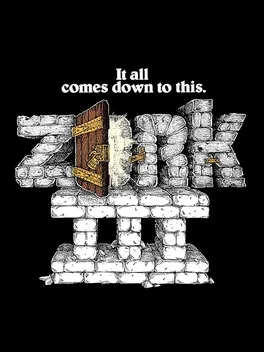
In the third game of the adventure game series Zork, you are once again a nameless adventurer, only this time you won't travel through a beautiful magical land, but are immediately cast into a deep dungeon. Like in a dream, you hear a mysterious voice telling you that you have passed all the tests but one. When conscience returns to you, you find yourself on the endless spiral of stairs, with only your trusty lantern near you... will you be able to survive the horrors of the Dungeon?
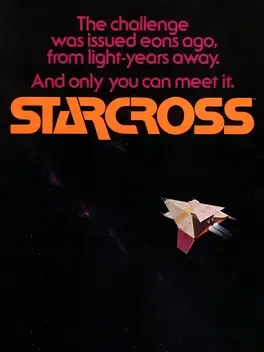
The year is 2186. Humanity has established colonies on the moon, Mars, and several of the larger asteroids. Earth's sky is dotted with space habitats, and the spaceways are always busy. As usual, there is the urgent need for energy to power this advanced civilization; one of the primary sources of that energy is quantum black holes. In Starcross, you are a miner of black holes, scouring the asteroid belt in your one-man survey ship. Finding and harnessing a single black hole can make a person's fortune. It's a lonely business, fraught with the known and unknown hazards of space. You've equipped your ship, the M.C.S. STARCROSS, with the best gear you could afford. You've put everything into this venture, and though you've tried before, you somehow sense that this time will be different.
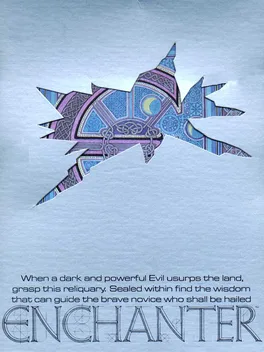
Enchanter is a 1983 interactive fiction computer game written by Marc Blank and Dave Lebling and published by Infocom. It belongs to the fantasy genre and was the first fantasy game published by Infocom after the Zork trilogy (it was originally intended to be Zork IV). The game had a parser that understood over 700 words, making it the most advanced interactive fiction game of its time. It was Infocom's ninth game. Krill, an incredibly powerful evil warlock, is spreading chaos and destruction. None of the more experienced members of the Circle of Enchanters dare to attempt to stop him. In desperation, the player, a novice Enchanter with only a few weak spells in his spell book, is sent in hopes that Krill will either fail to detect him or dismiss him as harmless. More powerful spells can be found on scrolls hidden in various locations, but as the player becomes more of a threat, Krill will respond accordingly. This game features an innovative new spell system based partially on Ursula K. Le Guin's Earthsea series and partially Dungeons and Dragons' Vancian spell system, where spells must be prepared through "memorization" before being cast. As in the Earthsea series, each spell is represented by some nonsense "magic word" which is treated as a verb by the game's text parser, so that one can use the FROTZ spell (which causes objects to glow and give off light) by typing >FROTZ BOOK, in exactly the same way as one might type >PICK UP BOOK or >READ BOOK.
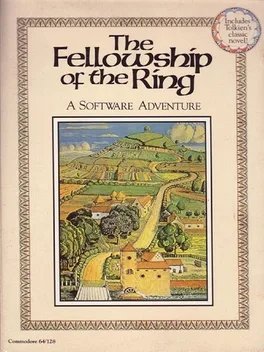
The Fellowship of the Ring is an interactive fiction (with graphics) game based on the first volume of J.R.R. Tolkien's novel The Lord of the Rings, describing the efforts of the Hobbits Frodo, Pippin, and Sam and their quest to bring the ring to Mount Doom. The game is divided into two parts (represented by two separate executable files: DOS version). The first part starts with Frodo at his home in the Shire, where eventually you will team up with the other Hobbits Pippin and Sam, as well as Aragorn and Gandalf. From meeting with Tom Bombadil, the Green Knight, the Balrog and ends with the Nazgul River incident. The second part of the game starts with forming of the fellowship, thus adding new team members: Boromir, Legolas, etc., until the end of the novel.
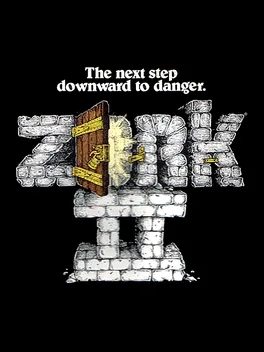
The adventure begins in the Barrow from "Zork I" armed only with the trusty brass lantern and sword of elvish antiquity. The purpose of the game is not initially clear. Like its predecessor, Zork II is essentially a treasure hunt. Unlike the previous game, the ten treasures are tied together by a crude plot. Finding the treasures does not end the game, nor are all the treasures needed to finish the game. Instead, the adventurer must figure out a way to use the treasures in order to reach the game's finale.
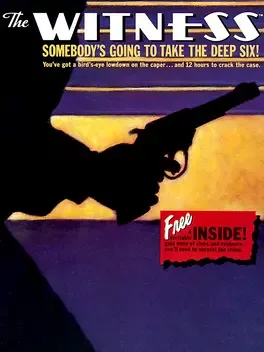
The Witness was the seventh game released by interactive fiction pioneers Infocom. The player character is a detective who has been summoned to the Cabeza Plana, California office of Mr. Linder, a millionaire. Linder fears that his life is in danger... and indeed, as he sits in his office with the player, he is murdered before the player's eyes. The player then must solve the murder.
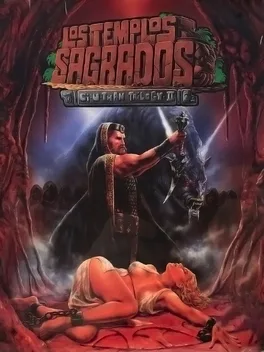
"Los Templos Sagrados" is the second part of the adventure tritogy "LEGENDS OF CI-U-THAN" that covers a period and a fairly extensive area of the geohistory of Yucatán. The CI-U-THAN epic consists of three totally independent books and, therefore, such an extensive project has had to be developed in three complete games of several parts each. The first book, divided into two parts, narrated your adventures from the arrival on the island of Cozumel as a poor and helpless castaway, until your triumphant departure from it. In this second book, "LOS TEMPLOS SAGRADOS", you will have to find Chichén ltzá through the ruins of Cobá and Tulum. The third book, "THE MYSTERY OF CHICHEN ITZA", will tell us about the fabulous final outcome in the most famous Mayan temple: Chichén ltzá. So, now you have the opportunity to continue with the story of the famous adventurer and archaeologist Doc Monro in the lands of the archaic Mayan culture.
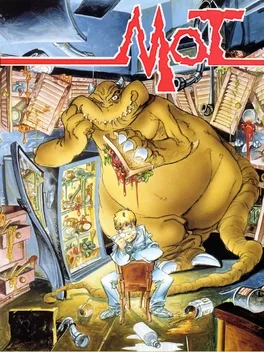
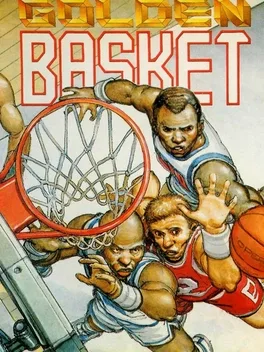
Golden Basket is a Spanish-developed basketball game from 1990 featuring full 5 man teams.
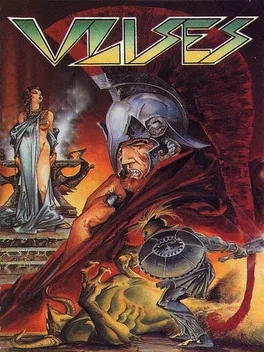
A side-scrolling action game.
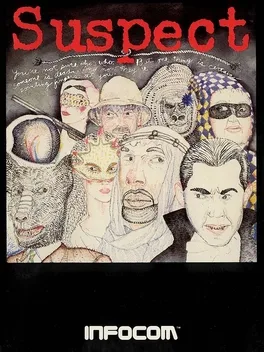
Suspect is an interactive fiction computer game designed by Dave Lebling and published by Infocom in 1984. It is the last murder mystery Infocom released, bringing an end to a popular genre of titles such as Deadline and The Witness. Like most Infocom titles, it was written in highly portable ZIL and made available for an array of popular computer platforms, including the Apple II, IBM PC, Atari ST, and Commodore 64. It is Infocom's fifteenth game.

This game is a story-based textadventure where you can explore the town and discover mysterious places. Collect multiple items and interact with other citizens. There's just one hook... they no longer seem to remember you. You can reach up to 6 different endings depending on your actions!
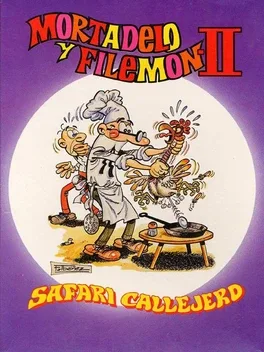
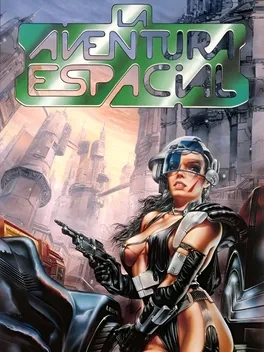
A supercomputer has gone mad in the remotest part of a distant galaxy and threatens to destroy the planet. You are the Central Liaison of a Support Command and have been trained to eliminate this deranged machine. Your mission is to find your comrades, who are scattered throughout the universe, and together reach the central base of the Dark Menace - the bad guy. There, you will have to turn the computer into phosphatine. Hey, don't run away, it's an easy task and you are the last hope of humanity...

You are sent by Lady Artemis to Castle Blackstar to recover an orb.
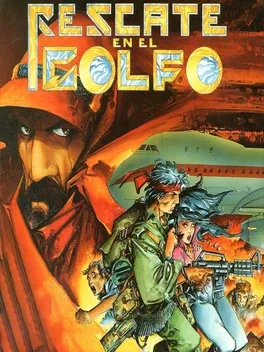
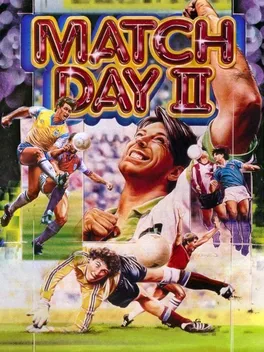
Match Day is a soccer simulator in which each team is made up of 7 players (6 field players and the goalkeeper)6 and the goals appeared one on each side of the screen, having to scroll to reach them (side view). It included new game modes as well as the popular level bar whose content controlled the power of the shot. The game had the possibility of performing different moves such as headers, crosses and heels; all of them responding quickly to the movements of the controls, which together with its graphic speed and meticulous design of the elements - players, court, public, ball; it was a great revolution in the world of the simulators of the time.